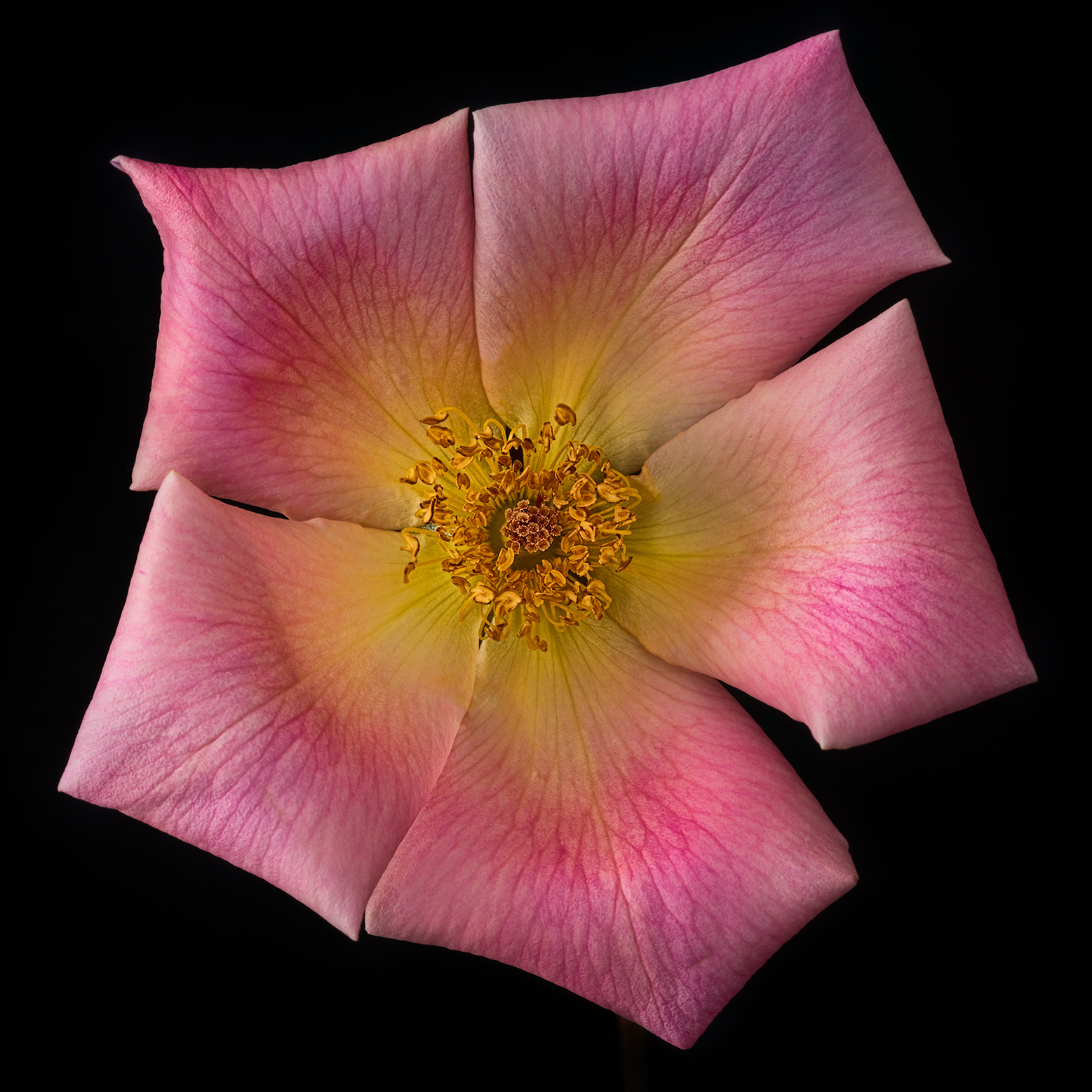The American psychologist Abraham Maslow famously wrote of a hierarchy of needs, with basic physiologic needs at the bottom of the hierarchy and self-actualization at the apex of the triangle of needs. Love, connection, and cathexis come somewhere in the middle of the Maslowvian hierarchy. A recent blog story of mine about a photo of a red onion seems to have brought up some issues related to a photographic hierarchy of needs, based on both what I wrote originally and on some comments.

Many folks liked the story about the onion and everyday objects: “Your onion photograph, together with your comments, was an extraordinarily clear re-enforcement lesson.” One reader wanted to know why their personal inner world, or vision, should interest anyone else (you can read the full question and my lengthy response in the comments to the story). A comment on my Facebook timeline for this post suggests that “finding subject matter is no problem. It’s everywhere. Shooting it well, well….”
Which leads me back around to the hierarchy of photographic needs. The basic “physiologic” need is to be able to make a capture. Because without a capture you don’t have a photograph.
So many people starting photography assume that if they get a “better” camera they will make better photos because their captures are better, with more megapixels, or whatever.
So what happens when you get the more expensive gear and you discover that your photos are still not what you are looking for (or perhaps even seem banal)? The next category up the hierarchy of photographic needs is technique. If you are the kind of person who is not very self-reflexive you might assume that if only you could learn to be a better photographer technically, your images would get more interesting.
The disappointment here is that photos can be technically impeccable and still ultimately banal. So up the hierarchy some of us go one more time, with the realization that it is important to bring one’s own unique vision into the work.
Ultimately, any photo worth its salt is both about something external—this essentially comes in the definition of the photographic process—and a personal way of seeing that bespeaks the holistic person behind the vision. As I wrote in the comments to the Red Onion story, this necessitates a balance: “Work that is too preciously about oneself is ultimately shallow—Cindy Sherman comes to mind. On the other hand, work that is not self-revelatory to some degree is unlikely to have much real emotional power, and it is important to truly live and to imbue one’s art with one’s life.”
Ultimately, photographic gear is necessary, but very far from sufficient. Photographic technique is only the framework for exhibiting vision, and not the vision itself. Vision must come from a well-lived life—even when the image is of an object as ordinary as a red onion, or as apparently simple on the surface as the Old-Fashioned Rose photo shown above.
Pingback: Old and New: A Tale of Two Kirk BH-3 Ball Heads